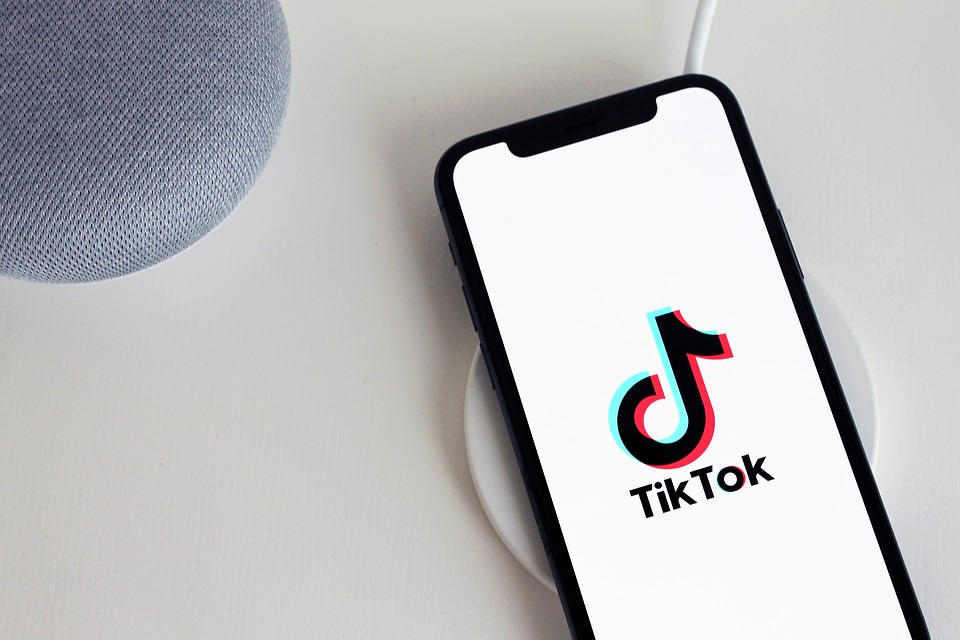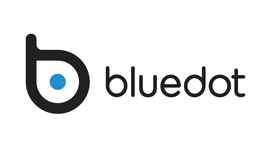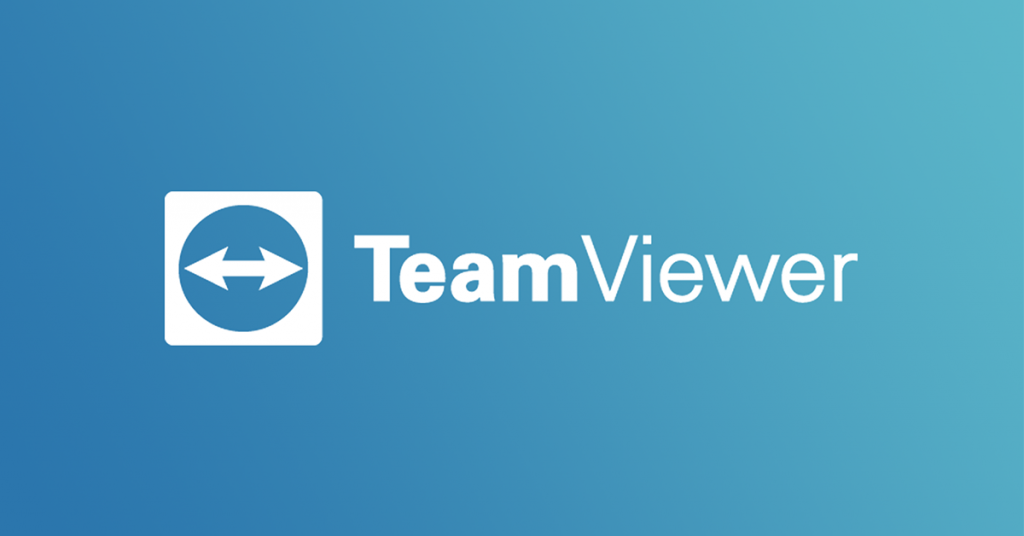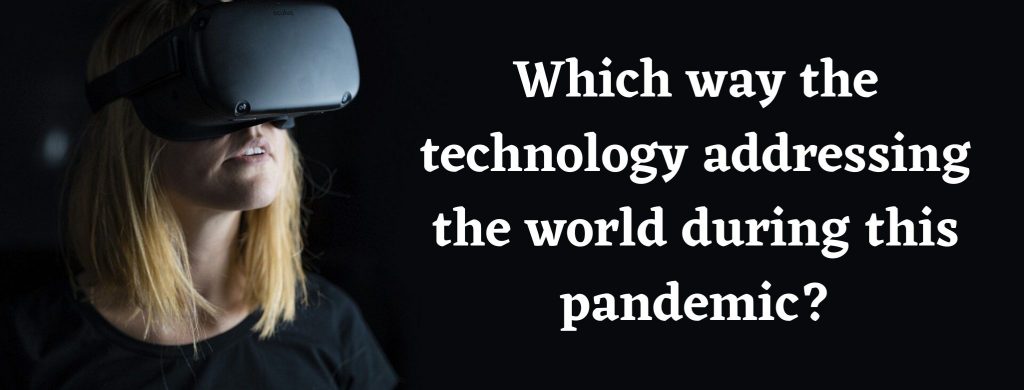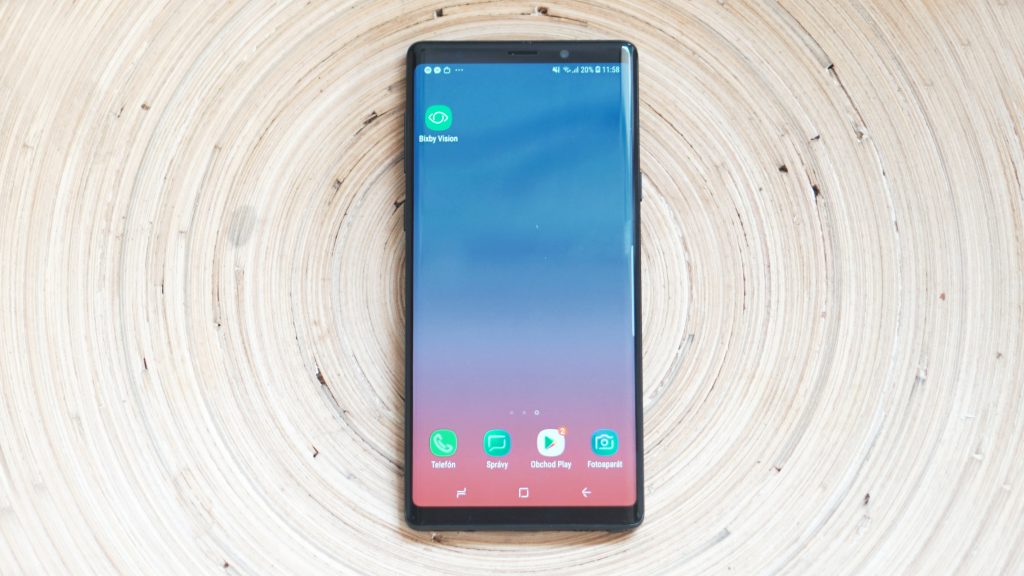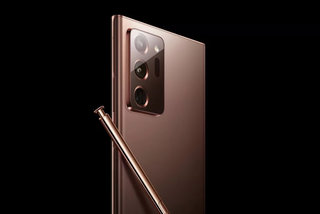TikTok Strikes Back by Suing the Trump Administration for Ban
The COVID-19 situation has led to several political and economic issues with certain nations beginning a trade war with China. The US has been very vocal with its displeasure regarding Chinese handling of the health pandemic. This has led to the souring of the economic and political relationship between the two nations. As a result, President Donald Trump stated that certain Chinese products and services would now not be available in the US. Furthermore, the American government has banned Chinese manufacturers from making excessive use of American technology. The most shocking of these moves was the one to ban TikTok in the US. However, reports state that TikTok has sued the Trump Administration for the same. Here’s a look at how the situation played out and what it could mean for the viral video platform.
TikTok Strikes Back
Reports state that the viral video-sharing platform filed a lawsuit on Monday against the executive order brought out by Trump. The lawsuit says that the order does not have enough evidence to deploy such strong measures against the use of the app. The company also states that the imminent ban on the app from September 20th violated its right to function within the US. TikTok has been facing scrutiny from around the world due to its ownership by ByteDance, a Chinese tech company. The lawsuit was filed in the US District Court of California, and lashes back at the executive order that came out on August 6th. It further claims that the executive order did not follow the due procedure or prove that the app was a threat to American security.
Politics, Not Science
TikTok is an immensely popular video sharing platform that boasts of over 100 million users in America. The lawsuit filed by them claims that the company did not get an opportunity to put across their point. Furthermore, the lawsuit states that concerns regarding national security did not have any merit as there is no data to back these claims. The complaint also says that the order holds no value as it is a political stunt rather than an action taken due to fear for national security. The company also wrote that IT experts had rejected the order stating that it was more of a political tool rather than one backed by actual scientific data.
Executive Order by Trump
President Trump’s executive order, if it does come into effect will lead to a ban on American companies to engage or be a part of transactions with ByteDance, the company that owns TikTok. The order said that the data collected by TikTok from American users would help the Chinese Communist Party gain insights into personal details of American citizens. It also blamed the Party for snooping on US citizens, making the application a threat to national security, unless it changes ownership to an American company.
Similar Views in India
The executive order came right after India banned TikTok in June, along with another 58 Chinese applications. India too had cited national integrity and security as reasons for banning the application. However, TikTok has vehemently denied both these claims and says that it has no ties with the Chinese government. Furthermore, TikTok also refuted claims that it always censored content that was critical of the Chinese system or government. However, CIA analysts reported to the White House that the Chinese Intelligence services could exploit the data that TikTok possesses.
Global Interest
TikTok had also put out a blog earlier this month wherein it called Trump’s order a political move that undermines global companies, and their trust in the US. However, as a result of these events, tech giant Microsoft had expressed an interest to purchase TikTok’s American, Canadian, Australian and New Zealand divisions. But the deal by Microsoft requires the acquisition to happen before September 15th, which is the date the order comes into effect.
The Wall Street Journal also reported that Twitter was in talks to acquire the video platform, but that chances of the deal happening were low. While Apple denied having any interest, Alphabet, which owns Google too had expressed an early interest. However, as of now, there is no confirmation or signs that any of these talks have gotten very far. Also, the filing of this lawsuit shows that TikTok wants to preserve its identity, rather than selling out to an American company. It will be interesting to see whether the American courts take the lawsuit seriously, owing to how the order comes directly from the President.

Being a cinephile with a love for all things outdoorsy, Athulya never misses a chance to chase inspiring stories or poke fun at things, even when the subject is herself. Currently pursuing a degree in mechanical engineering, she is someone innately interested in technical and scientific research. Music reviews and op-eds define her as they allow her to explore different perspectives. Though sometimes she thinks she makes more sense playing the guitar than she does while writing.
